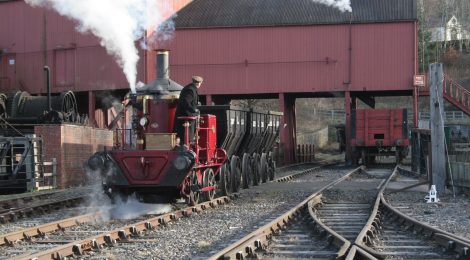
Head Wrightson Coffee Pot No.1 at 150 years old Part 3…
Coffee Pot 2010 to the present – and its 150th anniversary
Welcome to Part 3 of this series looking at the history, restoration and ongoing working life of 1871-built Head Wrightson vertical boilered ‘Coffee Pot’ locomotive, No.1…
Up to now, we have examined the known history of the locomotive, and then its 2000s restoration in some detail. I thought a final section on living with the locomotive, some of the things we’ve learned along the way and what future plans may be appropriate for it would be of interest to round off the story to date.
Reaching a 150th anniversary in working order is no mean feat, and really does reflect the basically sound design, enduring engineering and simplicity of concept evident in the locomotive. It is strangely appealing to those who see it at work, not least as the gearing ensures that it sounds like it is travelling three times as fast as it actually is! It has also become immortalised as Glynn in the Thomas the Tank Engine & Friends series: https://ttte.fandom.com/wiki/Glynn
Below: When launched into service in 2010 there was some media interest in the story and this is one of the photos from a session we undertook in the Colliery using the Bowes Railway open waggons that were located here on loan at the time.
Below: Shortly after completion, the left hand (drivers) side piston disintegrated. This was a disappointing setback, but Allen Engineering soon removed the errant components and manufactured a replacement. This was one of the items we believed had been attended to in the 1980s restoration, and the damage appeared to have been caused by excessive water remaining in the cylinder, despite drain cocks being fitted. We could see evidence of valve chest drains, so these were re-fitted as a further precaution against future damage. The locomotive is excessively ‘wet’ in steaming, with large volumes of water being ejected when it is both cold or has been standing, in steam, for any length of time. When starting the day, we have learned to open the regulator with the reverser in direction but the engine unit disengaged, and slowly heat the cylinders and steam pipes through. The water that flows from the valve chest drains is considerable, and justifies this adaptation. It also demonstrates the sense in not filling the cylinder lubricating pots until the cylinders are hot, as this would simply be lost with the stream of water from the drain pipes.
Below: The broken remains of the piston.
Below: Restored to health and pottering around the Colliery… Visible in this view is the water level indicator, located within the breathing tube on the left hand side of the tank (extreme right hand side in this view). This consisted of a copper float inside the tank, with a rod projecting upwards to indicate the water level. For amusement, the profile of a coffee pot was placed atop this (partly to stop it being a hazard to the eyes of the crew). In practice, whilst it did indicate the water level, it rattled around a lot and we soon found that a full tank of water would last all day, so the level indicator became less useful and it was later removed.
Below: At work with two of the chaldron waggons, noting the adaptor buffer on No.L328 to enable it to couple to Coffee Pot (and visiting locomotives).
Below: The toolbox was clearly visible in the early photographs of Coffee Pot, and so a replica was made, this rather lovely work being produced by Stanegate Restorations and Replicas in Haltwhistle (my recollection is that someone sponsored the cost of this, and a similar toolbox for No.17). IT is seen here, brand new and with an assortment of useful bits and pieces within it. It is usually locked to ensure Coffee Pot’s tools don’t wander too far, and is also a very handy seat for the footplate. It is not quite as clean now!
Below: In May 2012 Coffee Pot visited the Severn Valley Railway in connection with the line’s 150th anniversary. It was teamed up with Baxter, who we will return to, and Furness Railway 20, for an event that included a royal meeting for the locomotive. Here it is seen at Kidderminster Town station. Running from the carriage works to this location probably constituted one of its longest single runs and whilst plans were made to run it to Bewdley and back, these were thwarted by the weather some days later.
Below: Another location we visited was the Bowes Railway in nearby Springwell. The locomotive was confined to certain parts of the yard as the final drive gear on the leading axle was incompatible with the rope rollers between the track in much of the yard. However, it was able to add to the working environment on a number of open days and it was nice to tour it a little.
Below: Back at Beamish, there were numerous opportunities to pair No.1 with No.17 (the latter cosmetically restored) to compare the two Head Wrightson designs that survive. As can be seen, there are quite substantial differences, not least the cylinder arrangement and frame manufacture (No.1 having a cast frame, whilst No.17 has more conventional frame plates).
Below: The driver’s side of the locomotive – note the handrail, reversing rod (lever in the backward position), gear engaging lever (in the forward, engaged position) and regular rod. When negotiating the side of the locomotive, care must be taken as to which horizontal rail is held! The toolbox is clearly visible here, as is the substantial handbrake column. I tend to favour driving the loco facing inwards, the regulator being quite hard to manipulate when the pressure exceeds 90psi (working pressure is 120psi), and I am right handed. This also means that the handbrake falls nicely to hand, though does entail having one’s face adjacent to the whistle!
Below: In April 2011 we were able to borrow the Bluebell Railway’s Fletcher Jennings 0-4-0T No.3, Captain Baxter. This was supplied new to the Dorking Greystone Lime Company in 1877 and worked alongside Coffee pot at Betchworth Quarry. This was the first time the two had been in steam together since the late 1940s (maybe early 50s) and the weather added to the occasion.
Below: Probably one of my all time favourite views taken at Beamish, with Captain Baxer and Coffee Pot shunting under the colliery screens.
Below: An evening view of the pairing (I took a lot of photographs that weekend!). At the time I described the occurrence on the blog thus: For the GNSF this year we have a very exciting attendee, and one I have wanted for some time. This is 1877 built Fletcher Jennings 0-4-0T ‘Baxter’ or ‘Captain Baxter’ depending on which period of its life you favour. Coming courtesy of the Bluebell Railway, Baxter will run alongside Coffee Pot No.1 on the Colliery Railway – the first time the pair have been in steam together since 1949 we reckon. Both were supplied to the Dorking Greystone Lime Company at Betchworth in Surrey, and both led long and active lives there. Coffee Pot left the quarry after many years out of action in 1960, returning to its manufacturer Head Wrightson for restoration and display. Baxter headed for the Bluebell Railway, along with one of the narrow gauge Fletcher Jennings variants, Townsend Hook.
Below: That evening we carried out a nocturnal photo-shoot for our own entertainment, with Andy Martin (who worked for Beamish at the time) capturing some superb images, for which see this post from the time:
Below: From time to time Coffee Pot has been relocated to Rowley Station, usually when shunting has been required and no other locomotive has been available:
Below: Earlier in 2011 Coffee Pot visited the Tanfield Railway for their February coal train weekend. The lorry seen here is a BRIMEC, which can readily accommodate a very small locomotive such as Coffee Pot, and makes haulage locally convenient and somewhat cheaper than conventional low-loader haulage.

Below: Back in Part 1 I included a photograph of the blue-painted Coffee Pot No.1 parked at Marley Hill – here it is again, nearly 40 years later, same location but a somewhat different backdrop.
Below: Inside Marley Hill engine shed, with Beamish-owned Robert Stephenson 0-6-0T Twizell to the right and former Beamish Hawthorn 0-4-0ST, No.14, to the rear. The shed is one of the most atmospheric locations on any heritage railway, the slowly drifting smoke from Twizell demonstrating why it is so alluring!
Below: During the weekend, the locomotive operated around Marley Hill shed and yard.
Below: Back at Beamish and settling down into a regular routine of activity around the Colliery yard. This has become the regular setting for Coffee Pot, though from time to time it has been turned to face in different directions depending on where it has been and how it was unloaded. This is the preferred direction, for it runs better facing uphill.
Below: The 2019 GNSF gave us ample opportunities to see the locomotive alongside its companions and some visitors. Here it is shown with the 15 inch gauge Katie (1896), No.18 (1877) and Samson (not quite as old!!!) on the two-foot gauge railway. Another of my favourite views of the railways at Beamish! (Photo courtesy of Dave Hewitt)
Below: Andy Martin took quite a lot of the images that were used on the blog in the early years of posting, including this one, which for me sums up the original intent of the restoration – to create a real working locomotive, well cared for but not pristine (look at the burning paint on the chimney) and one which enabled us to operate the Colliery railway in something of the manner in which a small industrial system might once have done, all as a backdrop to the wider museum activity. No.18’s restoration, along with that of several chaldrons has enabled us to cement this and create a worthwhile non-passenger operation that fits well with the aims of the museum. This therefore seems to be an appropriate place to bring the story to a conclusion. I hope to add some more material later on, including some film of the locomotive at work, to add to the value of these posts as a historic record. For now, we await the next opportunity to run the railways at Beamish and to steam these wonderful locomotives… (Photo courtesy of Andy Martin: https://silversunbeam.co.uk/ )


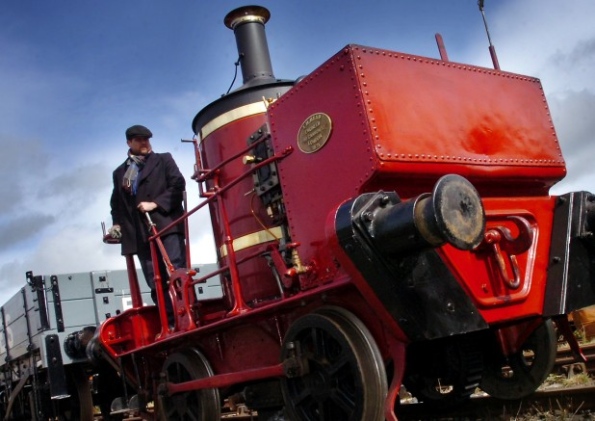
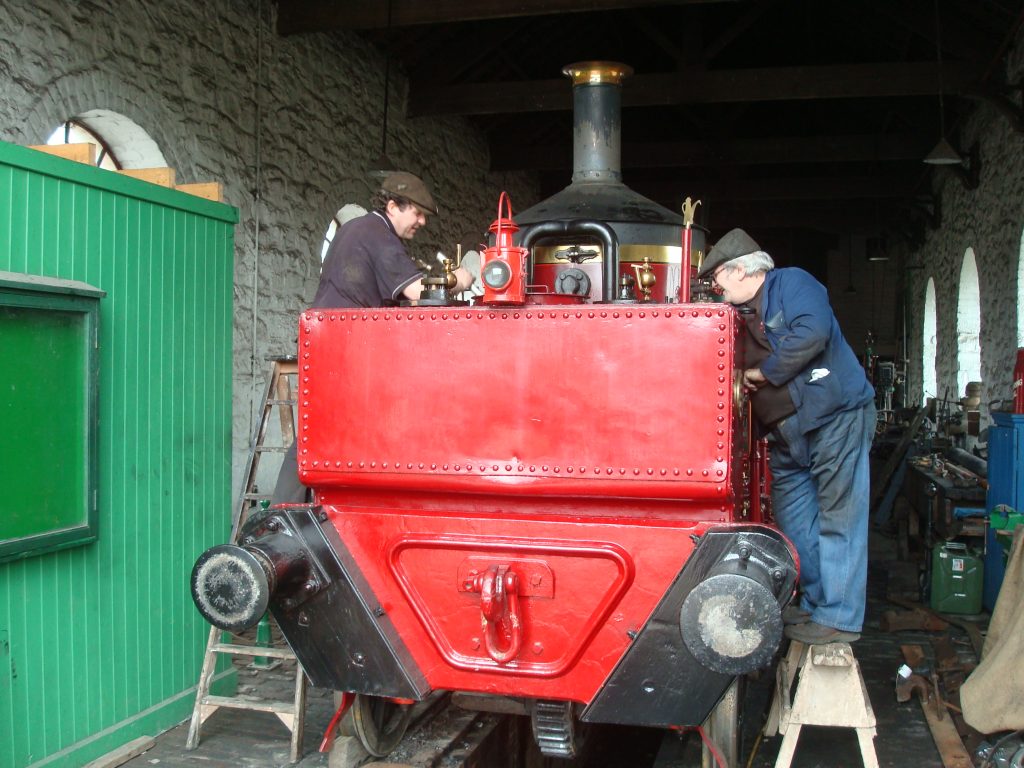
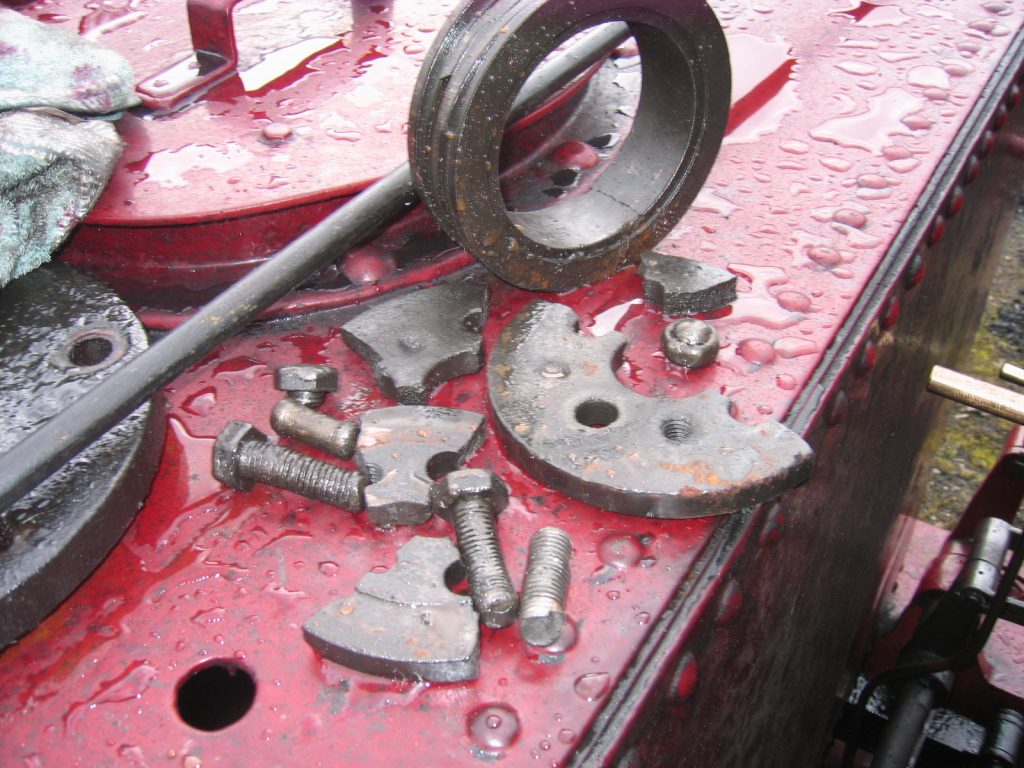

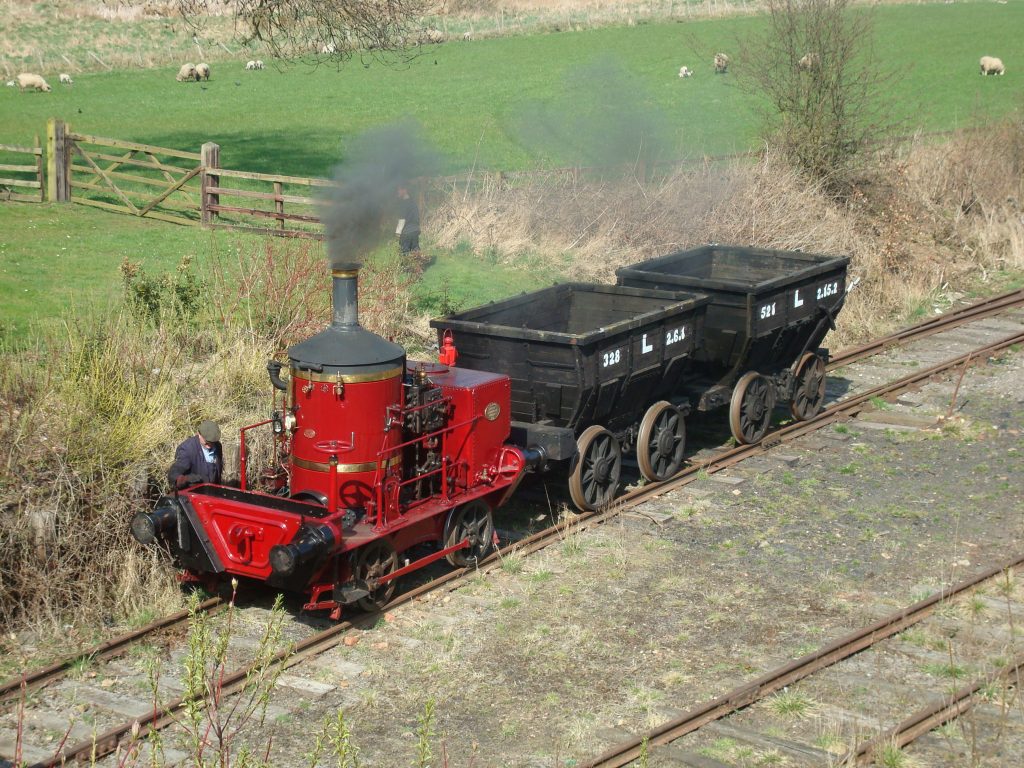


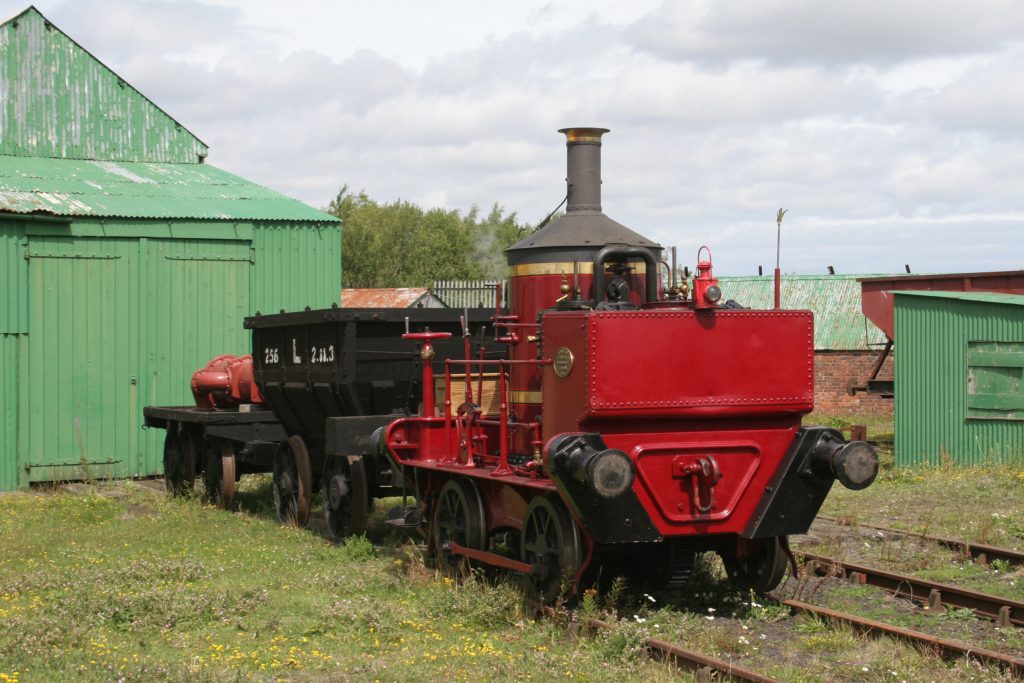
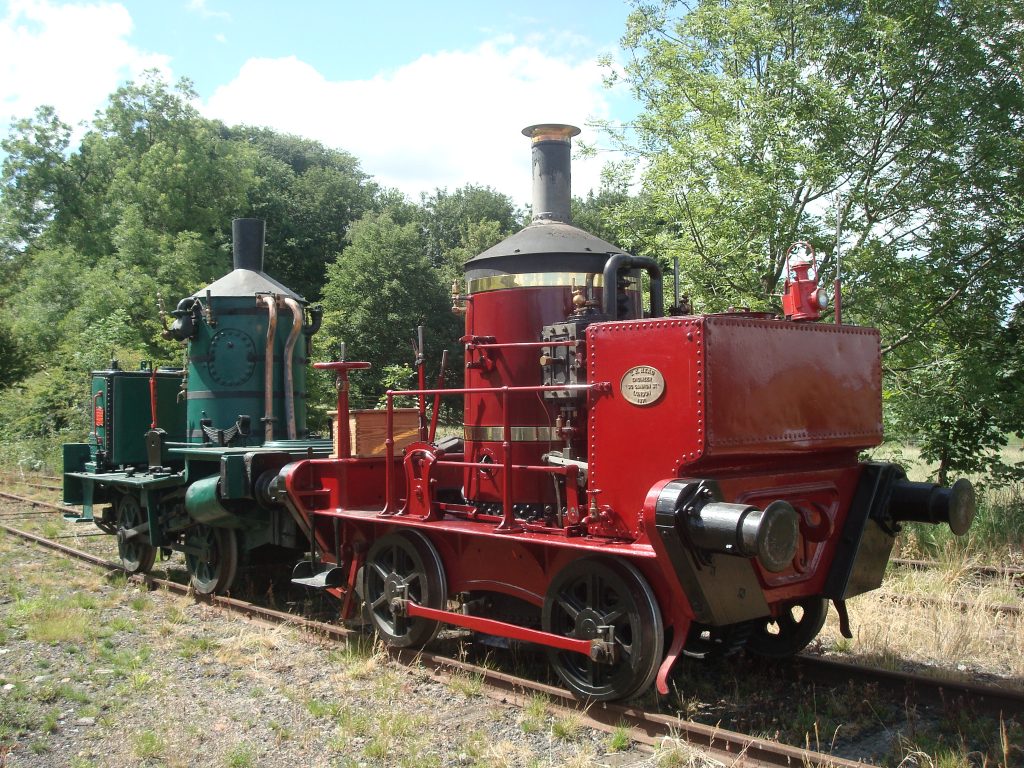

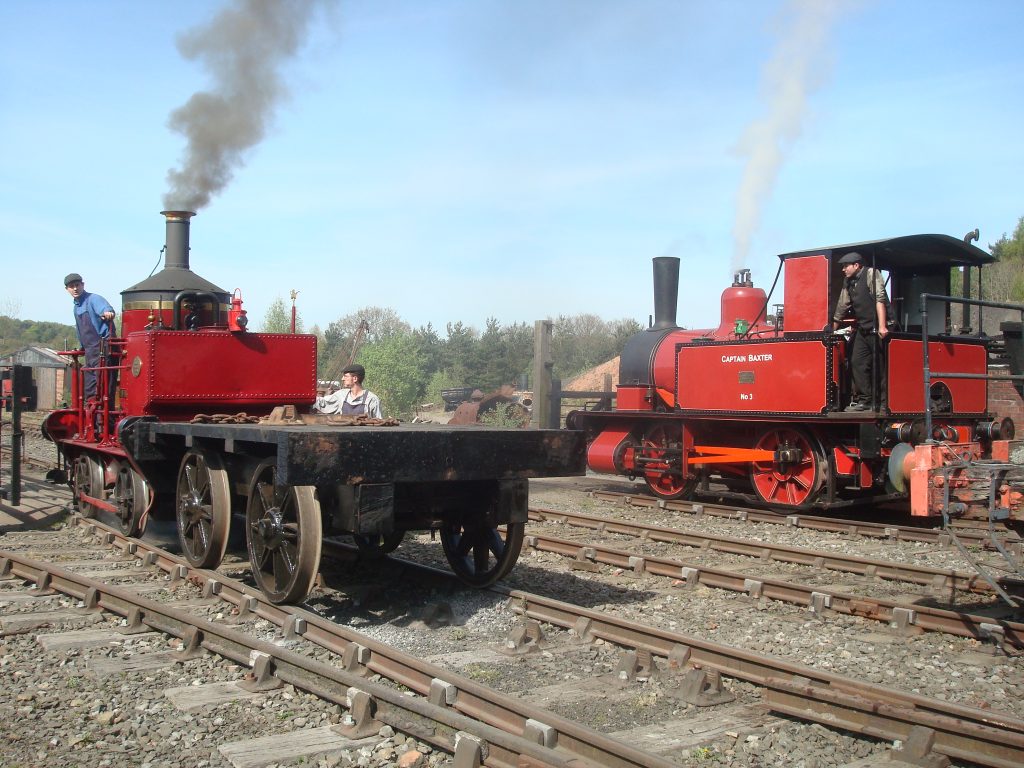

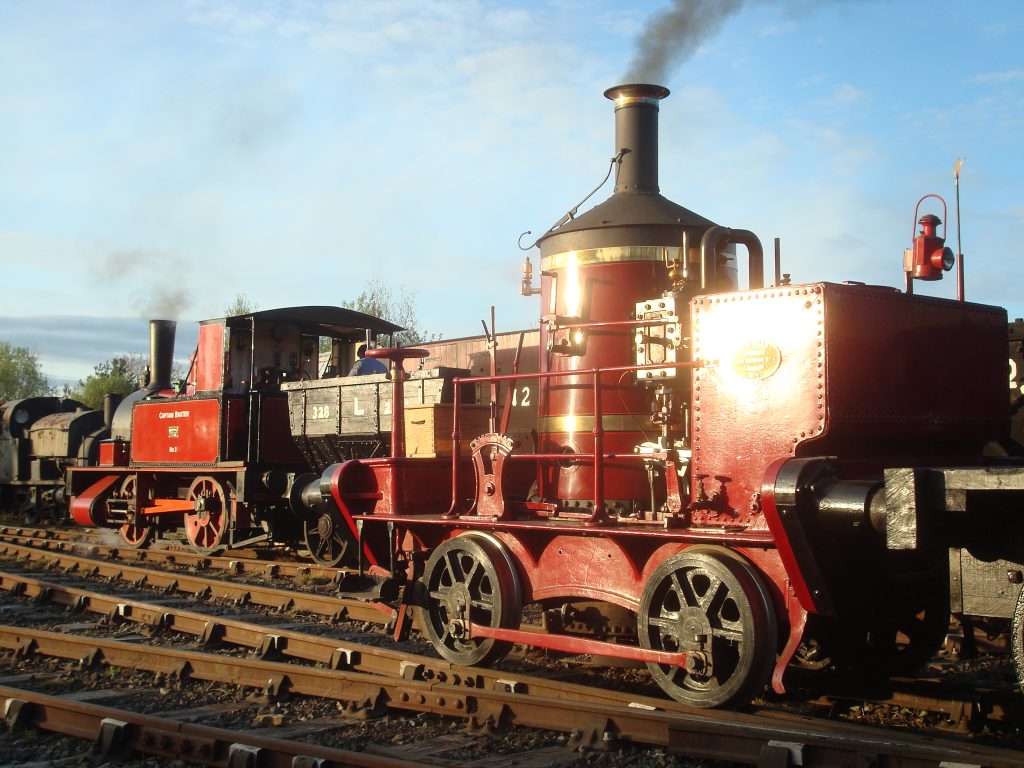

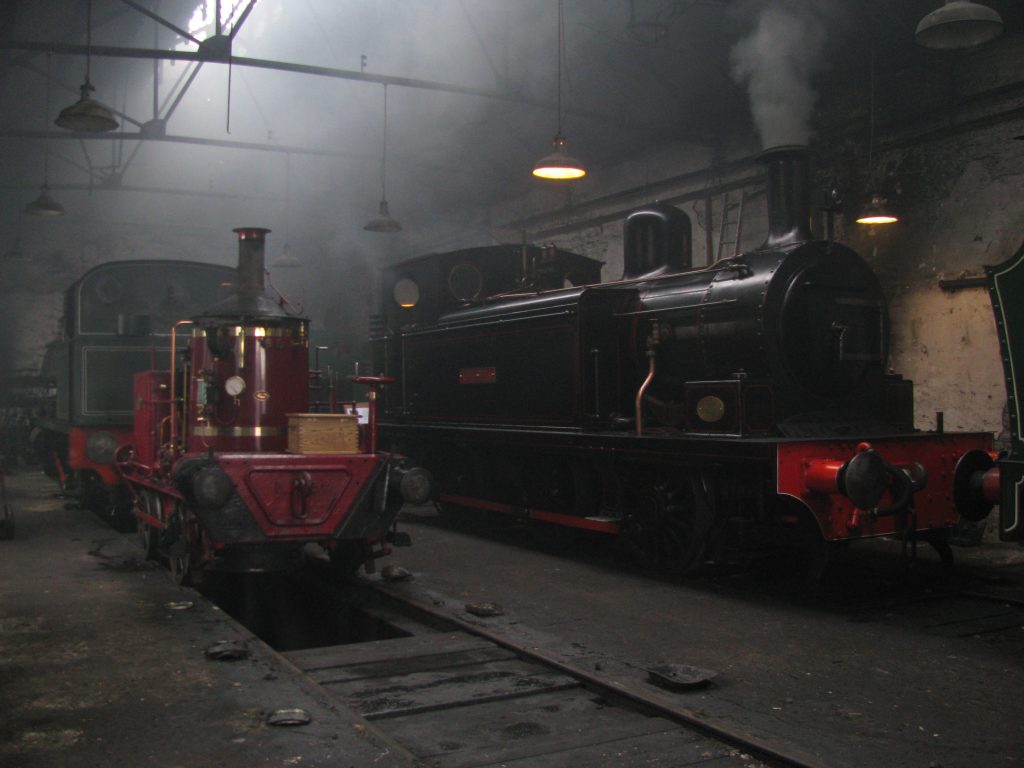
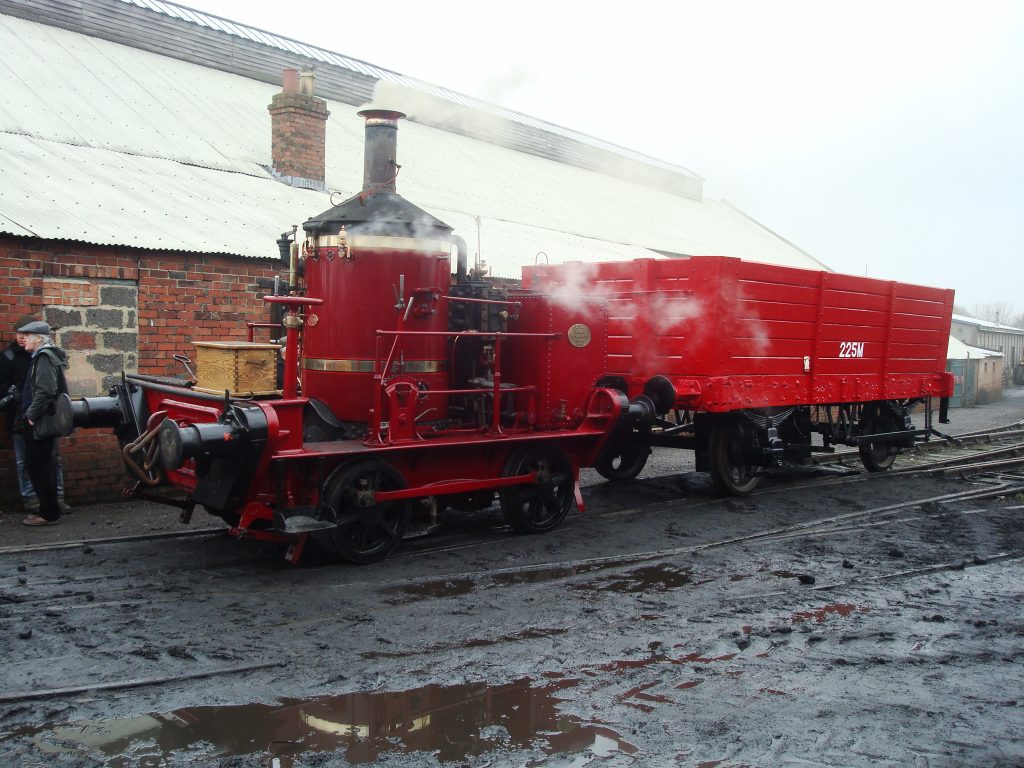
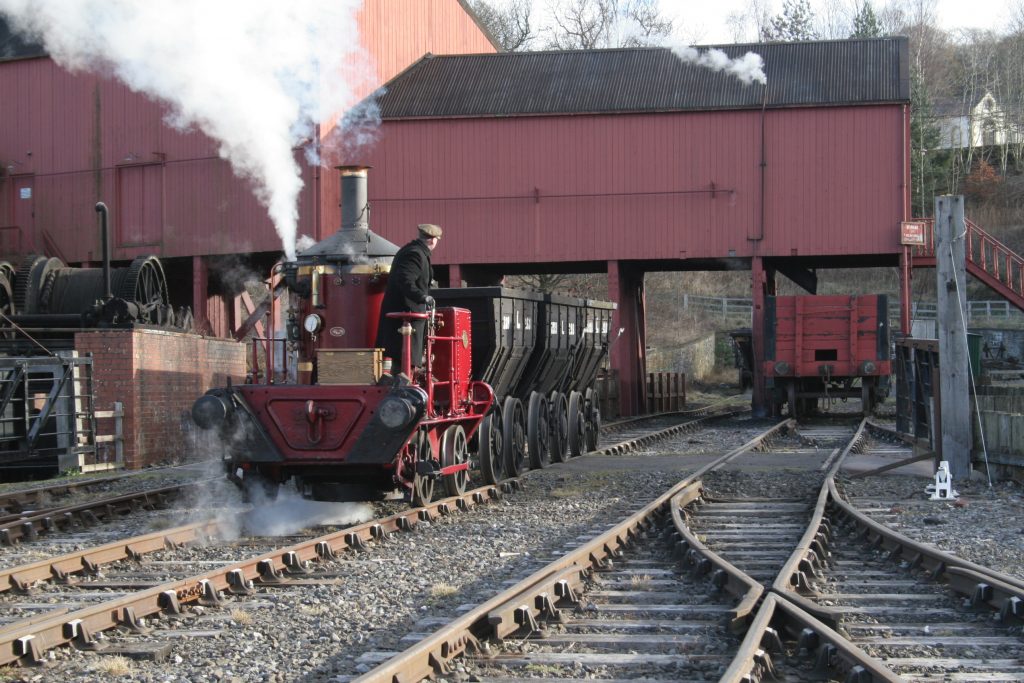
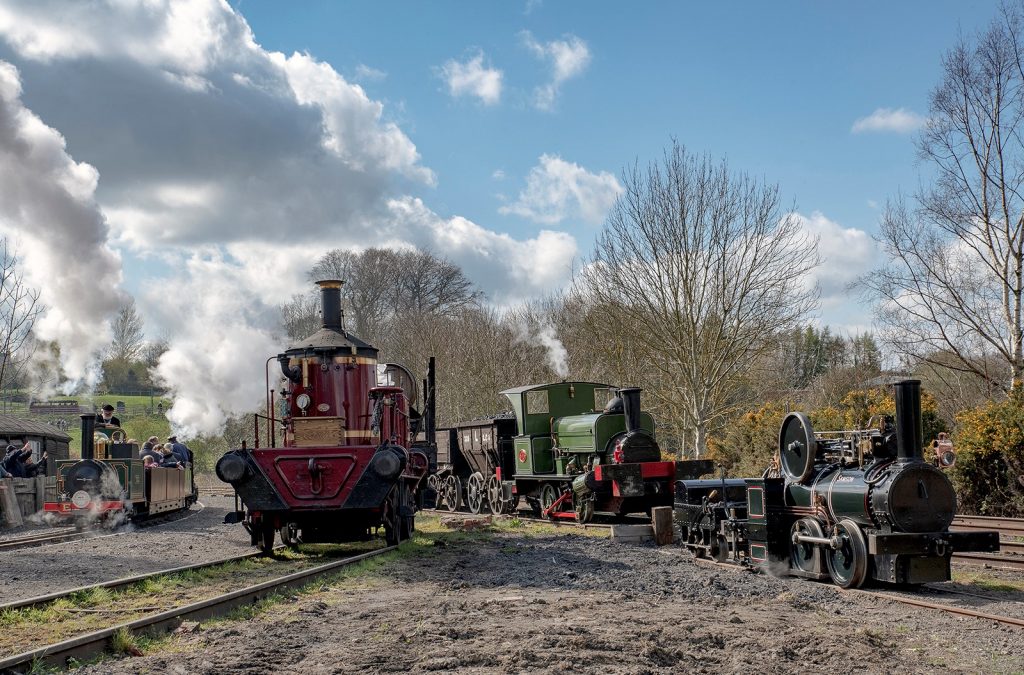
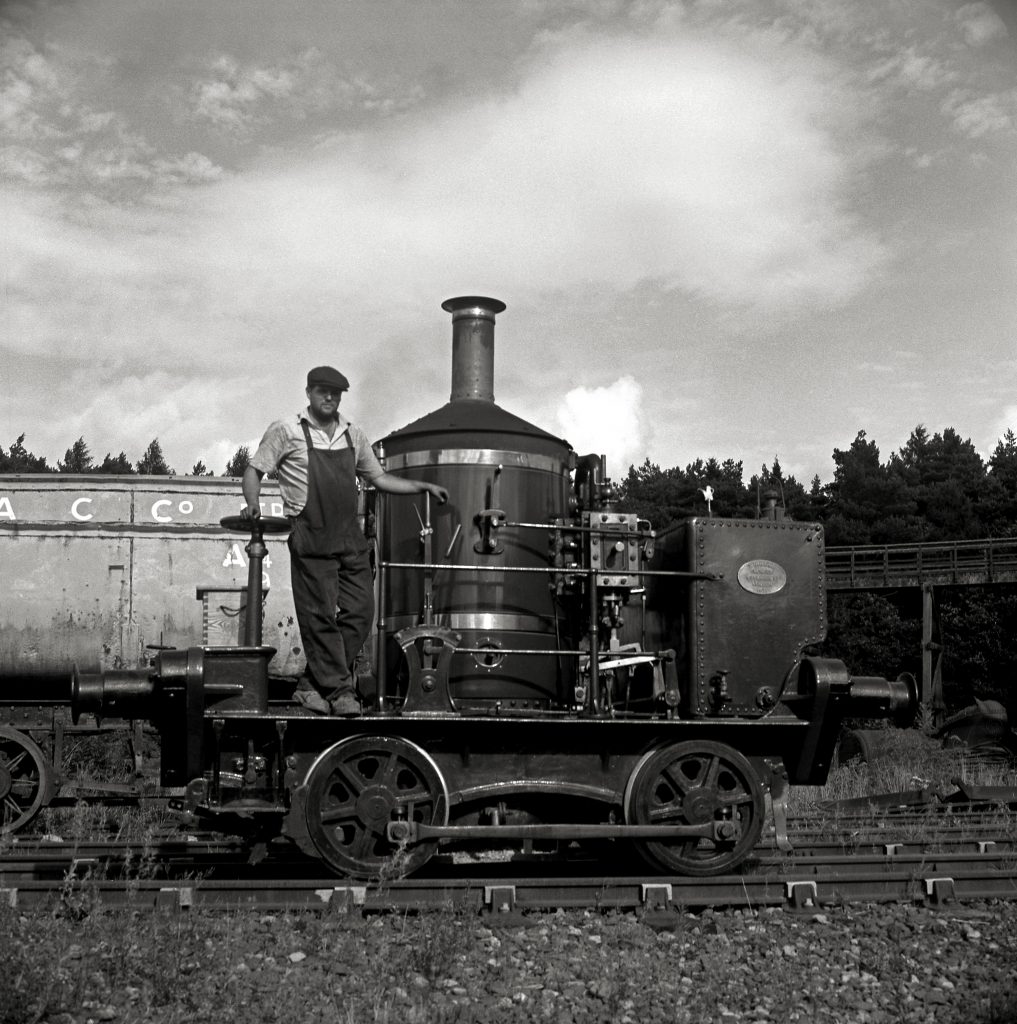





Again with all the recent write ups, a lot of info into the particular subject.
Very good to see that we have an authentic 150 yr old still able to do what it is intended to.
The old thing of a fantastic hammer only had 3 new shafts and a new head applies, very few things in life do stay 100% original.
THIS WORKS!.
Hi paul
Thanks for this post really interesting
Can you upload the photos of her working in the colliery during the 1990s please mate as would love to see those
Cheers rob
Hi Rob – unfortuantely I don’t have the copyright holder’s permission to reproduce the images taken in the Colliery c1990. Best wishes, Paul
A truly superb series of articles. And a very special record of a very special locomotive.
Paul, Thanks for spending the time to create these posts, a very interesting history of this loco’s preservation. It’s obviously a subject you enjoy! When life returns to normal I must try to visit No. 16 at Preston Park Museum to see how well its surviving its “preservation”, in its thick coat of black/red paint!.
Cheers, Jon
Well, having visited Preston Park a few times, since my 2021 comment, and looked through the gates at (SDHC) No.16’s fading black and red paintwork, it now looks like it is getting some overdue attention. It’s getting a new coat of paint, and it’s going green this time.
See David Humphreys’ photos here: https://www.facebook.com/photo/?fbid=7398878200164279&set=pcb.1814306589049692